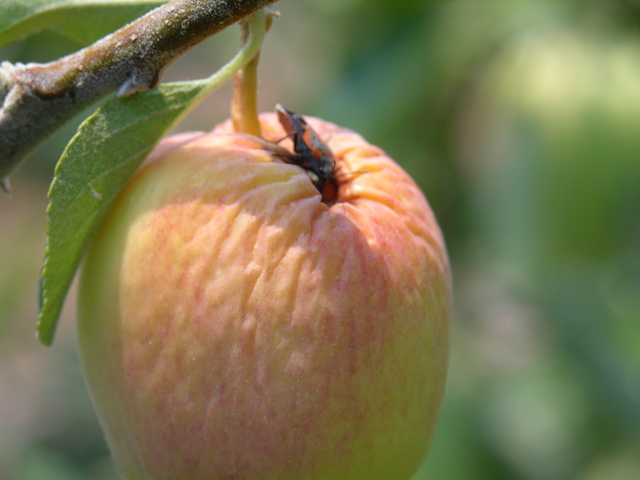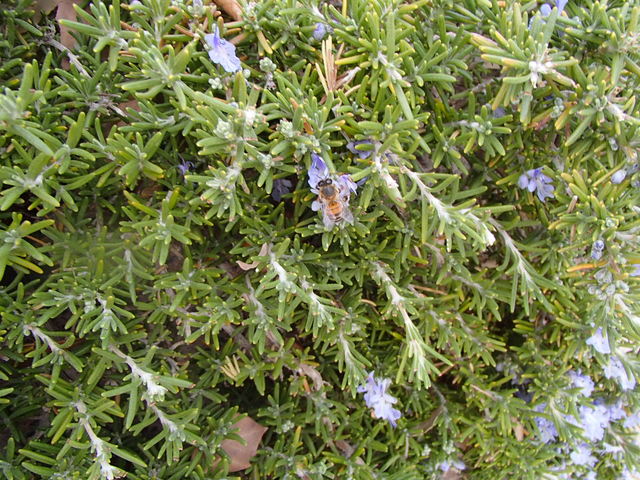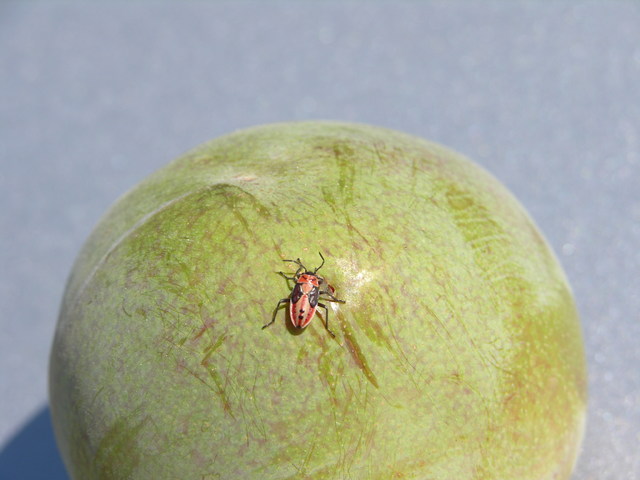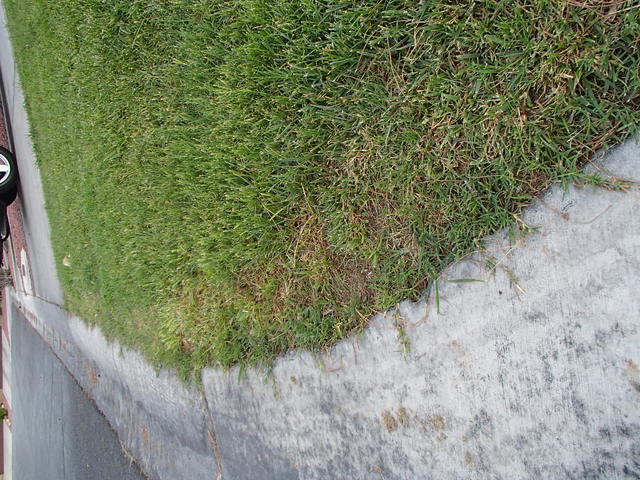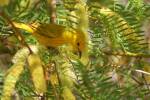Western boxelder bugs can damage fruit on trees
Q: I found 50 to 100 red and black beetles running around the rocks in my yard while I was pulling weeds. If these numbers are representative, I must have thousands. A friend thinks they may be boxelder bugs, but I don’t have any boxelder trees in my yard. The pictures of boxelder bugs online are similar but do not look exactly like these. So what are they and should I declare war on them and begin spraying?
A: I was confused at first when I first saw these same bugs because I also thought they were boxelder bugs. But they acted differently from those back East. In fact, they are boxelder bugs. There are eastern and western boxelder bugs. They look similar but are slightly different from each other.
In the East, these critters prefer trees such as boxelder, maple and ash. There, they are more of a nuisance to homeowners than a problem. In the Western United States, they are thought of the same way — more of a nuisance than a problem. But they can pose a problem with fruit trees and in backyard orchards if their numbers are high enough.
Here they might feed and associate with ash trees in landscapes, but we see them in backyard orchards as well, particularly if mulch — either wood or rock — is used to cover the soil surface. They stay alive during the winter by finding some cozy place to congregate in the mulch when it is cold. It is here they hibernate until warm weather and food reappears.
They can be a nuisance in fruit trees and possibly damage young and older fruit by their feeding. They feed on plants the same way as squash bugs, leaf-footed plant bugs and stinkbugs.
They suck plant juices out of soft tissues, leaf and fruit (the softer the better), with a long hypodermic needle-like mouthpart. Seems awkward to have, but they tuck it across their belly when it’s not being used.
When they find leaves or immature fruit for feeding, they pull out it out like a drilling rig and stick it in soft leaves or fruit. The feeding punctures and damages soft plant tissue.
Sometimes it can be responsible for some disease problems. Expanding leaves become deformed and fruits dimpled as they grow. If the attack is severe or the attacked part very young, the leaf or fruit might drop from the plant.
Their damage is most noticeable in pears, apples, plums, peaches and almonds. They normally don’t create noticeable damage to ornamental trees or shrubs, so we ignore them. Spraying chemicals is not worth the benefit or environmental trade-off unless their levels are sufficiently high and the damage is causing problems.
Q: Can you help me and suggest how to eliminate Bermuda grass in my lawn? It spreads like crazy. I’ve tried Round-up weed killer with no success. The roots are so deep.
A: Roundup will kill Bermuda grass but apply it at the highest rate allowed on the label. Roundup is systemic, which means it kills the plant farther from where it is applied, perhaps as much as 12 inches.
You’re right. Plants with an extensive root system only will be “burned back.” They are burned back about 12 inches. It needs to be applied several times as new growth pops up in new locations.
Bermuda grass doesn’t like shade. It won’t grow in the shade of trees, for instance. It is prevented from growing in a lawn because of the shade made by the lawn grass on the soil surface. As long as shade remains on the soil, the lawn grass does a pretty good job controlling it without chemicals.
Bermuda grass grows as a weed in a lawn when shade is gone. Shade disappears when the lawn dies or is damaged. Lawns die because of irrigation, disease or insect problems.
When these dead spots appear in the middle of summer and the dead grass is removed, dormant Bermuda grass will grow. When lawns die in the middle of summer, do not remove the dead grass until it is time to reseed or sod these dead spots.
Check the irrigation system. This is the most common reason lawns die or are damaged during our summer heat. Fescue remains in shady, wet spots. Bermuda grass invades dry areas in full sun.
Lawns are damaged when they are mowed too short. Lawns mowed below 1½ inches are too short and encourage Bermudagrass invasion. Line trimmers that cut the grass around sprinkler heads because the heads are too short damage the lawn and encourage Bermuda to grow in these locations.
Spraying any present-day weed killer that kills Bermuda grass will either turn the lawn yellow or kill the grass. There is no magic bullet yet.
Q: Please tell me how I can save my potted plumbago from our Las Vegas winters.
A: So you have a plumbago. People like them because of their blue flowers which fade to a bluish white in our intense direct sunlight. It likes our summer heat if it gets a little relief from the afternoon sun, so eastern exposure is best, or filtered sunlight.
There are a couple of different kinds of plumbago so I’m guessing yours is sometimes called Cape plumbago. It hails from South Africa, hence its name. So it likes the heat and can handle an occasional drought and moderately poor soils.
It does well in our desert heat but does not like our winter cold or our soils, unless they are amended with compost. This plant does well in a Mediterranean-type climate that might get light frost.
We normally see it growing in South Florida and along the coast in Texas. It used to be grown in the warmer parts of Arizona and along the Colorado River until desert landscaping pushed it out of our landscapes.
You are worried about losing it to our freezing winter temperatures. If the plant has been established for at least one growing season it can freeze to the ground and come back again, much like bougainvillea.
You have it growing in a pot, so move it into the garage if the temperatures appear to go below freezing during the night. Other than that, treat it like any other potted, winter tender plant.
If there is a light freeze, throw a crop cover over the top of it and make sure the cover is all the way to the ground. During a heavy freeze, this won’t be enough protection.
Make sure you repot this plant every three to four years. Fertilize it every other month with a rose- or azalea-type fertilizer and iron chelate applied to the soil and watered in. Make sure the soil drains easily, and keep it slightly on the dry side between waterings.
Q: Any suggestions as to plants that attract bees and flower for the longest periods?
A: Annual flowers will give you the longest flowering period during the summer. There are some perennial herbs like rosemary, mint, oregano, burnet, coriander and borage that, once flowering, make great bee attractors. It’s an annual, but bees love basil.
Don’t forget ornamental grasses. Bees collect a lot of pollen from grasses that are left to flower. Warm season ornamental grasses might include Japanese silver grass, fountain grass, switch grass and prairie cord grass.
Flowering annuals include cosmos, calendula, asters, cornflower, small sunflowers, alyssum and clovers to get you started. Plants in the rose and legume families are usually great bee magnets.
Always plant annuals in the spring, two to four weeks before temperatures begin warming up. If they are perennials, then you can plant in the fall or spring. If you want to do a little planting from seed, then buy some ligularia, Valeriana or phacelia.
Bob Morris is a horticulture expert living in Las Vegas and professor emeritus for the University of Nevada. Visit his blog at xtremehorticulture.blogspot.com. Send questions to Extremehort@aol.com.



